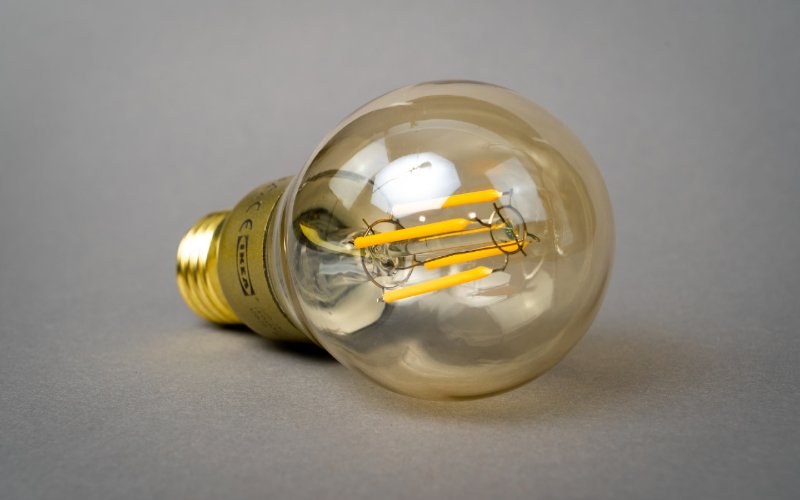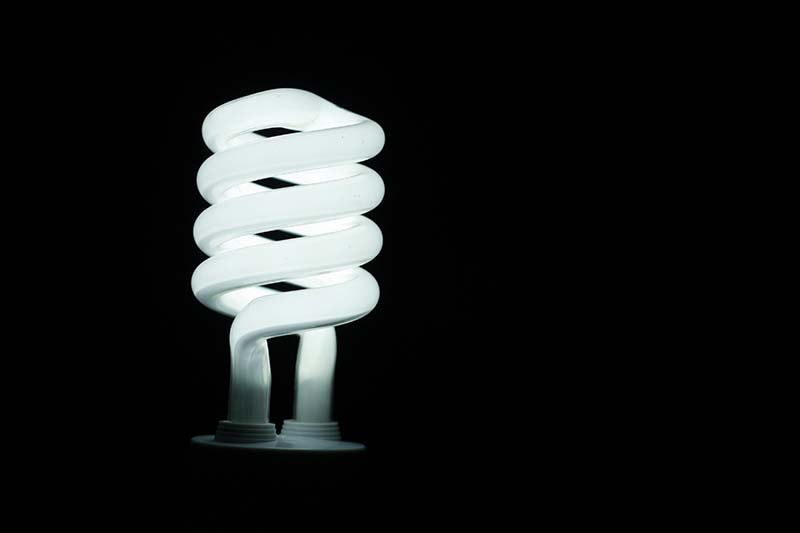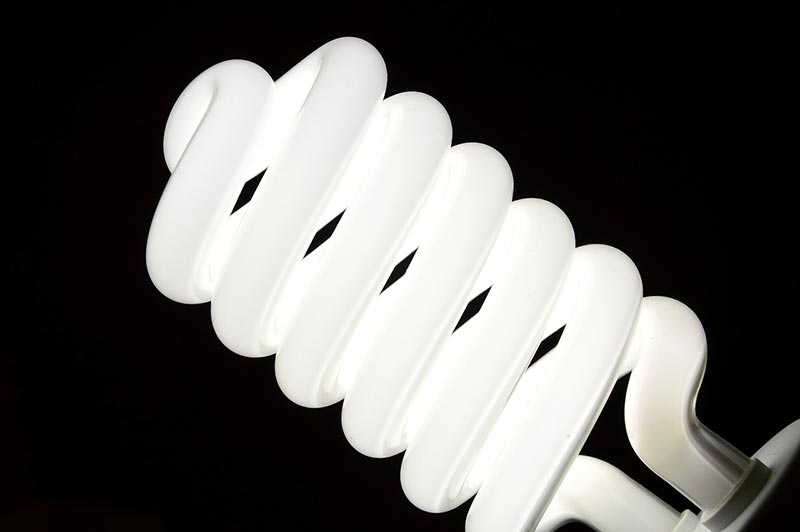What Does Watt Mean in Light Bulbs? (Measurement & Brightness Explained)
-

- Last updated:

Light bulbs may be one of the smallest and least expensive products you’ll buy, but their impact on the home is enormous. Inadequate or overpowered lighting can ruin your comfort, and any change in brightness will, for better or worse, transform the aesthetics of a space.
When incandescent light bulbs were king, watts were the sole measure of a bulb’s brightness and the best predictor of how it would look in the house. Today, scores of new energy-efficient bulbs are quickly overtaking the market, and the old rules no longer apply. Watts still appear on packaging to tell you how much power a light bulb uses. But if you’re using it to gauge how it will look in the home, you’ll likely find yourself unpleasantly surprised by the results.
What Does Watt Mean in Light Bulbs?
Watts are a measurement of the power a light bulb consumes to produce illumination. In the case of incandescents, consumers traditionally used watts to determine the light bulb’s relative brightness.
Does More Watts Mean Brighter Light?

More watts generally mean a brighter light when discussing a single type of light bulb. But with so many newer types of energy-efficient bulbs, such as LED, CFL, and halogen lights, watts are no longer reliable for comparing light levels. Since an LED light can produce the same brightness level as an incandescent but with less power, looking at wattage alone can be misleading.
To simplify comparisons among the many light bulb styles, manufacturers supply the lumen rating. A lumen is an international unit measuring the light a bulb produces equal to the light emitted by a single candle. With this standard unit measuring the brightness, it’s easier to see if an LED bulb will be brighter or dimmer than an incandescent, CFL, or other LED.
Why Watts Still Matter
While watts aren’t as crucial to making the best decision for your home’s comfort, it has everything to do with the light bulb’s energy efficiency. It’s still a worthwhile comparison to ensure you’re buying the most eco-friendly and cost-effective light bulb possible.
The FTC requires newer light bulbs to break down the specs with a “Lighting Facts” label. For a typical general-purpose lamp bulb, the facts will include the following information:
- Brightness in lumens
- Estimated yearly energy cost, based on wattage, 3 hours of use per day, and $0.11 per kWh electricity cost
- Estimated lifespan, based on 3 hours of usage each day
- Light appearance, or the color temperature measured in Kelvin
- Light bulb wattage
- ENERGY STAR logo for applicable light bulbs
With the label, you can determine the lumens per watt, giving you another angle on energy efficiency. Though the estimated yearly cost will show you how much energy you use, lumens per watt will tell you how much light you get for your dollar.
What Bulbs Use the Fewest Watts?

LEDs are the most efficient light bulbs available, requiring up to 90% less energy than an incandescent with an equivalent lumen rating. Unlike incandescents and fluorescent bulbs, an LED produces minimal heat, meaning all its power goes toward creating light. Compact fluorescents are a distant second to LEDs in lumens per watt, using 25–35% less energy than incandescents.
The following is a rough breakdown of how various standard lamp light bulbs compare in lighting and energy efficiency.
| 250 Lumen | 800 Lumen | 1600 Lumen | |
| Incandescent | 25W | 60W | 100W |
| Halogen | 18W | 42W | 70W |
| CFL | 6W | 12W | 20W |
| LED | 2W | 10W | 18W |
The directionality of LEDs is one critical consideration. Since LEDs direct light in one direction rather than disperse it, they use their energy to produce meaningful light even more efficiently. For instance, a task light that previously held an incandescent bulb can be swapped into an LED with a much lower lumen rating but still provide the same amount of light.
What To Look For in a Light Bulb
The first place to look when making any light bulb decision is the Lighting Facts label. Alongside the brightness, lumens per watt, lifespan, and yearly cost, you’ll want to consider how the bulb will make the room look. The crucial measures include the color rendering index (CRI) and the color temperature.
Color Rendering Index
The color rendering index is a scale from 0–100 that measures how well a light bulb renders the colors of the objects it hits. A low CRI indicates that a light bulb will not reveal colors accurately. Hues will appear washed out and dull with little differentiation. A high CRI light bulb, by contrast, contains plenty of color across the spectrum, allowing objects to display their true vibrant colors.
Color Temperature

The Kelvin scale for light bulbs, one of the features on a Lighting Facts label, also deals with color but considers warmth or coolness rather than saturation. The scale ranges from 1,000 to 10,000. Most color temperatures for consumer light bulbs fall in the 2,000–6,500 range.
The warmth of a light bulb is based on the effect that heating has on a metal object. When you heat metal, it begins to glow various colors depending on the temperature, starting at red and progressing through orange, yellow, and blue phases as the temperature rises. With light bulbs, the same color tones apply as the Kelvin rating goes up or down.
Color temperature will impact the room’s atmosphere, making some ratings more advantageous for certain situations:
Color Temperature Ranges
- 2000K–3000K: Cozy, warm white light ideal for general lighting in living rooms, kitchens, bedrooms, and dining rooms
- 3100K–4500K: Brighter cool white light for task-related areas around offices, kitchens, bathrooms, and vanities
- 4600K–6500K: Bright, invigorating bluish-white light similar to daytime light that works well for accent and task lighting
Many new light bulbs offer adjustable settings with dimmers or smart features. You can adjust the lumens and wattage in some light bulbs, such as 3-way bulbs, to change the mood in living rooms, kitchens, and bedrooms, and some smart options allow you to change the color temperature to suit your needs or the aesthetics of the room.
Final Thoughts
Watts may not tell you much about how a light bulb will perform these days, but it’s still a benefit to buyers, albeit in a much different way. Like lifespan, watts are an excellent reminder of the long-term value of a high-quality light bulb.
LED lights may cost more than the traditional bulb, but when they last up to 30 times longer while using a fraction of the energy, it’s almost impossible to overlook their worth. Beyond comparing price tags during your next purchase, take the time to check each bulb’s Lighting Facts, consider the look, and update your understanding of what watts mean to light bulbs to make the most practical choice for your space.
Featured Image Credit: Mika Baumeister, Unsplash
Contents

